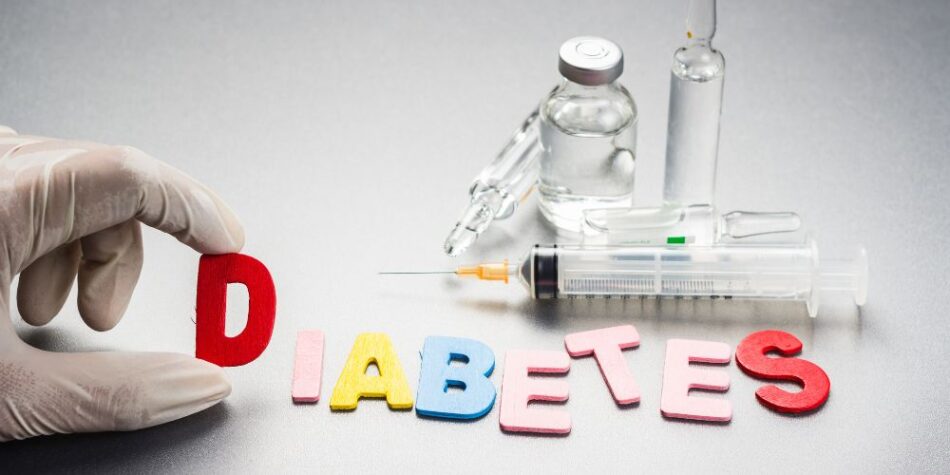In America, people with diabetes affect nearly 9% of the population, according to the CDC. With 1.5 million Americans receiving a diabetes diagnosis each year, this disease is spreading across the country.
Heart failure and stroke are two major consequences that can result from high blood sugar. But you can live a normal, healthy life with diabetes if you take prescription medicine, watch what you eat, and Regular Exercise.
What is diabetes?

Diabetes is a condition that develops when blood sugar (blood glucose) levels are too high. Type 2 diabetes or an inability to produce enough insulin can cause this condition (type 1 diabetes). Typically, type 1 diabetes is discovered in childhood. While type 2 diabetes can occur at any age, it is more prevalent in elderly people
When your blood sugar levels are higher than normal but not high enough to qualify as type 2 diabetes, you are said to have prediabetes. Changes can be taken to reduce the chance of the condition developing into type 2 diabetes.
symptoms of diabetes

1. Greater Thirst
The vital fluids in your tissues will be drained when your kidneys are working overtime and you are urinating more frequently. You’ll have persistent thirst if you have to urinate frequently.
2. Fatigue
Your body works long and hard to remove the extra sugar when your blood sugar is high. In addition to having an adverse effect on your health, this procedure also changes how your body uses glucose as fuel. Among other symptoms, hyperglycemia, or too high blood sugar, has a fatigue-inducing effect. Moreover, one of the main causes of weariness in diabetics is dehydration which results from more frequent urination.
3. Unexpected weight loss
You lose your main source of energy when you release more glucose, and when your body can no longer use glucose as an energy source, it starts to burn fat and muscle, which leads to weight loss. Unexpected weight loss of 10 pounds or 5% of body weight is regarded as noteworthy.
4. Yeast infections
The extra sugar in your blood and urine provides yeast with the perfect conditions to grow. Yeast can feed off the excess sugar in the lips, armpits, and genital areas. Keeping blood sugar levels stable will lessen your risk of developing yeast infections.
5. Slow-healing cuts and wounds
Damaged blood vessels decrease blood circulation, just like how damaged eye tissue results in blurry vision. Because of this, tiny cuts or wounds might take weeks or months to heal because blood can’t easily reach the affected area. Slow healing increases the risk of infection and amputation in unhealed cuts and wounds.
6. Skin discoloration
Acanthosis nigricans, which are usually located in the folds of the neck, underarm region, or groin, are black patches of skin that can form as a result of insulin resistance. This skin tone can look elevated and silky.
7. Distorted vision
High blood sugar levels can harm the eye’s tiny blood vessels, resulting in a bulging lens that can impair vision. Your vision may improve or deteriorate as blood sugar levels rise and fall, accordingly.
8. Frequently urinating
Your kidneys remove extra blood sugar when your blood sugar is high, which makes you urinate more frequently. Frequent urination that is so urgent that it wakes you up during sleep is one of the early symptoms of diabetes.
9. Numbness or tingling in the hands or feet
The nerves might suffer a great deal from high blood sugar. It is possible for this damage to begin as tingling or numbness and to progress over time to pain or neuropathy.
10. increased hunger
When your blood sugar level is high, your body works hard to eliminate it. You may feel more hungry as a result of your body using up so much of the glucose from your diet.



